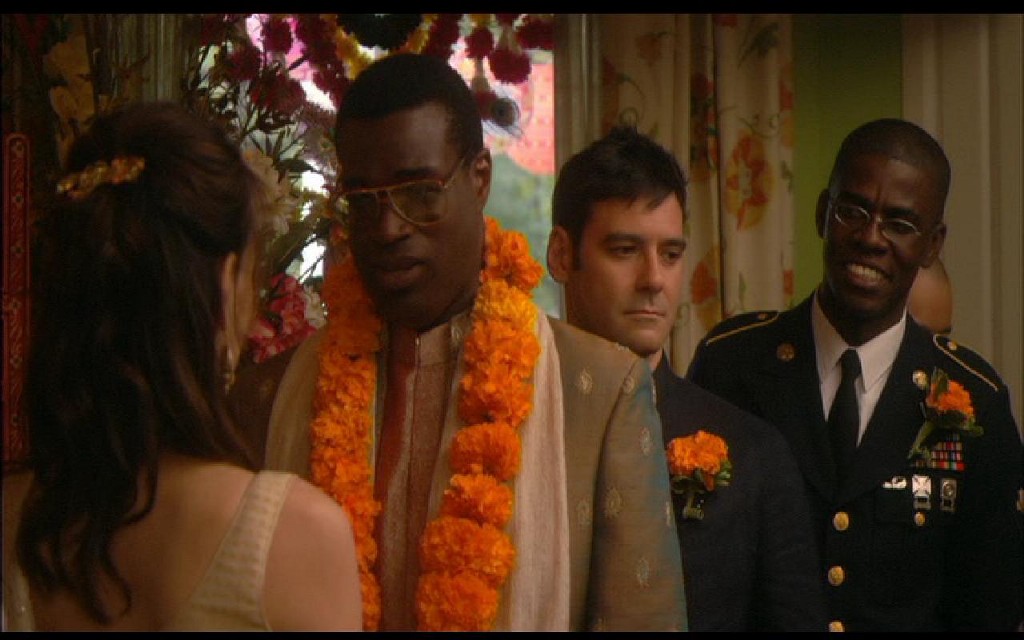Weddings, Celebrations, and Class Critique
Does fairness demand a less elitist Vows section from the NYT?

For years, people have laughed, marveled, waxed sociological, and occasionally, maybe despite themselves, emitted a sound that resembles “Aww,” at the New York Times Vows section, aka “Weddings & Celebrations,” which parades into our homes every Sunday like a four-year-old in a new dress and demands that we clap.
Nathan J. Robinson, editor-in-chief of the left-y policy journal Current Affairs, is tired of it.
Everyone knows, then, that the Weddings section is disproportionately stuffed with members of the elite. In fact, this can even be proven mathematically. The “Wedding Crunchers” search engine collects all of the data from Times Vows entries, allowing one to carefully break down the demographics of featured weddings. With it, one can see “the omnipresence of the Ivy League, lawyers, and Wall Street,” and changes in the composition of the upper class over time (the rise of tech companies, for instance). The numbers confirm that a “gay Princeton grad from Davis Polk” has an unusually high chance of being featured in the Times relative to the number of gay Princeton Davis Polk attorneys in the general population.
Can such classism & pandering, he asks, be justified? What is the point, in 2016, of perpetuating such an archaic tradition, wherein members of the upper class nod approvingly, or else tsk tsk over their lattes, at the matrimonial choices of their fellows? Though Robinson acknowledges that “featured couples are more diverse, especially in race and sexual orientation,” than they once were, still, “the weddings section disproportionately focuses on the wealthy and highly-educated.”
Don’t gas station attendants find love too? Shouldn’t we have a chance to get misty eyed over the romances of plumbers and flight attendants, electricians and tattoo artists? Yes, of course! As an enthusiastic consumer of this section, I’m much more likely to stop skimming and actually read a column that isn’t merely another dull retelling of status quo weds status quo (“banker, 32, meets teacher, 26, and this weekend, they’ll be married by an Episcopalian priest near the bride’s home in Connecticut; teacher wears pearl earrings and will take banker’s name”). I love the stories where the women are significantly older than the men, where both men are significantly older than I am, where Hindus marry Muslims, where the bride’s father is a taxi driver or the groom was raised by his mother and grandmother. Deviations from the norm are always particularly engaging.
But for deviations from the norm to be appreciated, there must be a norm. Johnson finds that objectionable.
By viewing “achievement” through the prism of elite values, the Times implicitly dismisses non-elite achievements as being without worth, thereby diminishing the lives of the non-wealthy. …
it’s odd for the nation’s paper of record to have a little feature at the back that just screams “rich people’s lives are worth more.”
That is a fair argument, in its way, though also a curious one. After all, if that’s your logic, why start and stop with Vows? The news in the A section is usually about leaders of state, top scientists and explorers, academics and entertainers. Are those prominent people more important? The obituaries, meanwhile, are also usually focused on elites. Were they more important?
The lifestyles of the rich and famous are highlighted throughout the New York Times. That’s more or less the paper’s MO. I don’t think the implication is that those of us who have never graced its pages are less worthy, only less newsworthy. I can accept that without letting it dent my self-esteem, so I imagine that Nathan J. Robinson, who, after all, has an entire publication of his own, can, too.
“Weddings and Celebrations” appears in the Sunday Styles section, which is perhaps the worst offender in this regard: it is as elite, or elitist, an institution as one could find outside of an actual yacht club. Though its values are socially liberal, it has never pretended to be democratic, let alone mildly socialist; in fact, it has a fundamentally conservative streak. It advertises diamond necklaces and high heels, summer homes and financial advisors. This is not a section by, of, and for the people, unless by “the people” you mean “the people who will be first against the wall when the revolution comes.”
The only obligation of Sunday Styles is to please its readers so that they keep subscribing. And its readers, the ones who can afford such luxuries as are advertised in its pages, generally want to read about themselves and the kind of people they went to college with.
If Current Affairs wants to run a far more inclusive Weddings & Celebration section, it is welcome to! Though I imagine that the stories would often not be about weddings at all, since marriage is a patriarchal and bourgeois institution — one, by the way, that is also increasingly eschewed by the Wallgreens employees and truck drivers on whose behalf Robinson is supposedly speaking. Still, if CA wants to profile the self-uniting commitment ceremonies of anarcho-syndicalists, I say, Yay! The more, the merrier. Just make sure they didn’t all actually go to Brown.
Support The Billfold
The Billfold continues to exist thanks to support from our readers. Help us continue to do our work by making a monthly pledge on Patreon or a one-time-only contribution through PayPal.
Comments